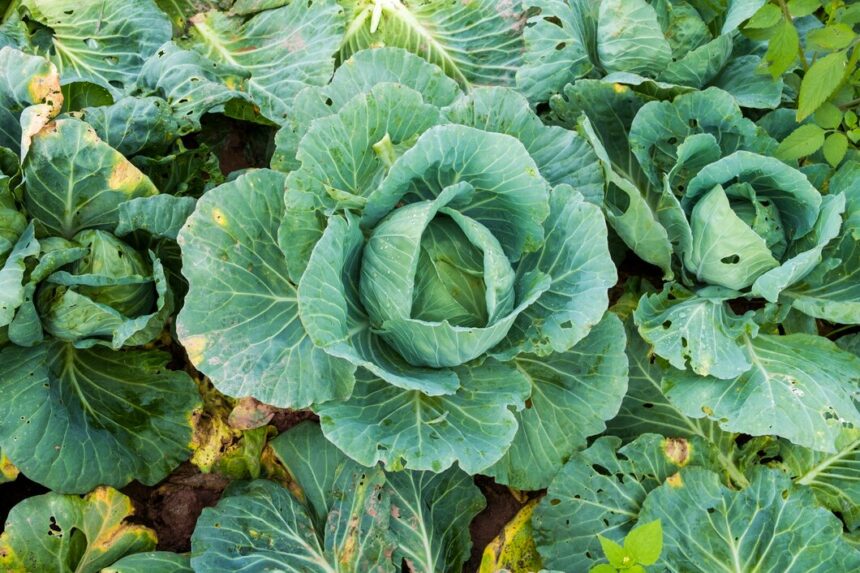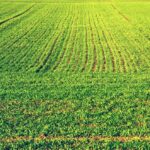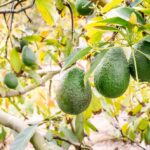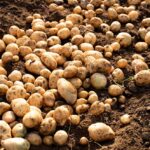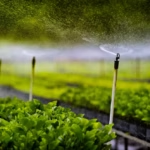Black rot, caused by the bacterium Xanthomonas campestris pv. campestris, is a devastating disease that affects cabbage and other cruciferous vegetables. Early detection is crucial for managing and minimizing the spread of black rot on your cabbage crop. Here are ten signs to watch out for:
1. Yellow V-shaped Lesions on Leaves
Description: The first visible symptom is typically yellowing of leaves in a V-shaped pattern starting from the leaf margins and extending towards the center.
Early Detection Tip: Regularly inspect cabbage leaves, especially older leaves closer to the ground, for any signs of yellowing.
2. Leaf Veins Turn Brown
Description: As the disease progresses, the yellowing lesions turn brown, often following the pattern of leaf veins.
Early Detection Tip: Look closely at affected leaves to see if the yellowing has progressed to brown discoloration along the veins.
3. Wilting and Stunted Growth
Description: Infected plants may exhibit wilting, particularly during hot weather or when water stress occurs, leading to stunted growth.
Early Detection Tip: Monitor plant growth and compare the growth of potentially infected plants to healthy ones for noticeable differences.
4. Darkening and Softening of Leaf Tissues
Description: Infected leaves may develop dark spots that soften over time, leading to tissue decay.
Early Detection Tip: Gently touch leaves to check for any softening or darkening areas, especially around the edges of lesions.
5. Leaf Drop and Defoliation
Description: Severe infections can cause affected leaves to drop prematurely, leading to defoliation and reduced photosynthetic capacity.
Early Detection Tip: Keep an eye on the overall canopy density of cabbage plants and look for any areas where leaves are thinning or dropping excessively.
6. Blackening of Veins
Description: Advanced stages of black rot may cause blackening of veins within affected leaves, giving the disease its name.
Early Detection Tip: Inspect leaves carefully, particularly in areas where yellowing or browning lesions are present, to see if veins are turning black.
7. Water-soaked Lesions
Description: Initially, lesions may appear water-soaked or greasy before turning yellow and then progressing to brown and black.
Early Detection Tip: After rainfall or irrigation, check cabbage leaves for any areas that appear darker or wetter than the surrounding tissue.
8. Dark Spots on Petioles and Stems
Description: In addition to leaves, black rot can also affect petioles and stems, causing dark spots or lesions.
Early Detection Tip: Examine petioles and stems of cabbage plants for any unusual dark spots or discoloration.
9. Foul Odor
Description: Infected plants may emit a foul odor, particularly noticeable when leaves are wilting or decaying.
Early Detection Tip: Smell cabbage plants during inspections for any unusual odors that could indicate decay associated with black rot.
10. Systemic Infection
Description: In severe cases, black rot can lead to systemic infection, causing entire plants to wilt and die prematurely.
Early Detection Tip: Monitor cabbage plants regularly for any signs of rapid decline in health or widespread wilting.
Early detection and prompt action are crucial in managing black rot in cabbage crops. By familiarizing yourself with these ten early signs—yellow V-shaped lesions, browned leaf veins, wilting, darkened leaf tissues, leaf drop, blackened veins, water-soaked lesions, stem and petiole spots, foul odors, and systemic infection—you can implement effective control measures to mitigate the spread of this destructive disease. Integrated pest management practices, including crop rotation, sanitation, and possibly fungicide application (if recommended), can help protect your cabbage crop and ensure a healthy harvest. Regular monitoring and proactive management are key to preserving the health and productivity of your cabbage plants against black rot.


